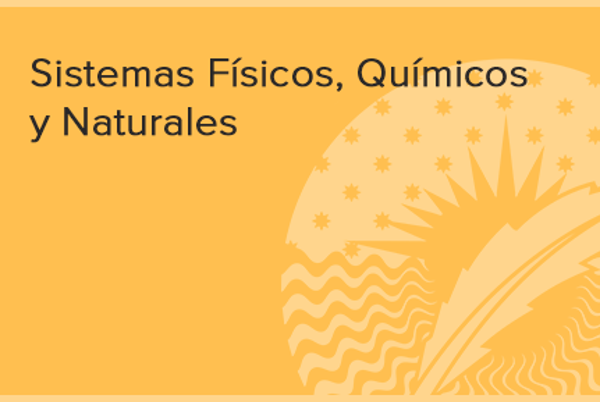Sistemas Físicos, Químicos y Naturales
Departamento


Universidad de Sevilla
Sevilla, EspañaPublicacións en colaboración con investigadores/as de Universidad de Sevilla (386)
2024
-
Analyses from stand to tree level allow disentangling the effects of age, size, origin and competition on tree growth sensitivity to climate in natural and afforested Scots pine forests
Agricultural and Forest Meteorology, Vol. 355
-
Assessment of seasonal and annual patterns in phosphorus content in a monitored catchment through a partitioning approach based on hydrometeorological data
Environmental Research, Vol. 242
-
Bacterial bioaugmentation for paracetamol removal from water and sewage sludge. Genomic approaches to elucidate biodegradation pathway
Journal of Hazardous Materials, Vol. 480
-
Biocompatible metal-organic frameworks as promising platforms to eradicate HIV reservoirs ex vivo in people living with HIV
Journal of Materials Chemistry B, Vol. 12, Núm. 21, pp. 5220-5237
-
Climate Change monitoring with Art-Risk 5: New approach for environmental hazard assessment in Seville and Almería Historic Centres (Spain)
Procedia Structural Integrity
-
Conformal TiO2 Aerogel-Like Films by Plasma Deposition: from Omniphobic Antireflective Coatings to Perovskite Solar Cell Photoelectrodes
ACS Applied Materials and Interfaces, Vol. 16, Núm. 30, pp. 39745-39760
-
Consistent geographical gradient of water use efficiency evidences local adaptations to drought across the complete latitudinal distribution of Quercus suber
Plant Stress, Vol. 12
-
Environmental effects of maintenance dredging works in a highly modified estuary: A short-term approach
Ocean and Coastal Management, Vol. 258
-
Exploiting Cross-Responsiveness of Fluorescent Interpenetrated Zirconium–Organic Frameworks Integrated in Polymeric Membranes as a Multi-Analyte Gas Sensor Array
Advanced Optical Materials, Vol. 12, Núm. 30
-
Facilitation of macrofaunal assemblages in marinas by the habitat-forming invader Amathia verticillata (Bryozoa: Gymnolaemata) across a spatiotemporal scale
Marine Environmental Research, Vol. 193
-
Full potential of microwave-assisted processes: From synthesis of high-quality MIL-101(Fe) catalyst to furfural valorization
Applied Materials Today, Vol. 39
-
Lichens as Bioindicators of Global Change Drivers
Journal of Fungi
-
Light traps as an exploratory tool in light pollution studies: Assessment of vulnerable species and their migratory patterns
Ocean and Coastal Management, Vol. 255
-
Mesozooplankton assemblage in the gulf of cádiz estuaries: Taxonomic and trait-based approaches
Marine Environmental Research, Vol. 198
-
Molecular recognition-induced structural flexibility in ZIF-71
Journal of Materials Chemistry A, Vol. 12, Núm. 42, pp. 28975-28984
-
Nanosized Porphyrinic Metal–Organic Frameworks for the Construction of Transparent Membranes as a Multiresponsive Optical Gas Sensor
Small Science, Vol. 4, Núm. 10
-
No Future Growth Enhancement Expected at the Northern Edge for European Beech due to Continued Water Limitation
Global Change Biology, Vol. 30, Núm. 10
-
On a conjecture concerning the Fisher–Widom line and the line of vanishing excess isothermal compressibility in simple fluids
Molecular Physics
-
Seasonal variations of sinking velocities in Austral diatom blooms: Lessons learned from COMICS
Deep-Sea Research Part II: Topical Studies in Oceanography, Vol. 213
-
Tree diversity enhances predation by birds but not by arthropods across climate gradients
Ecology Letters, Vol. 27, Núm. 5